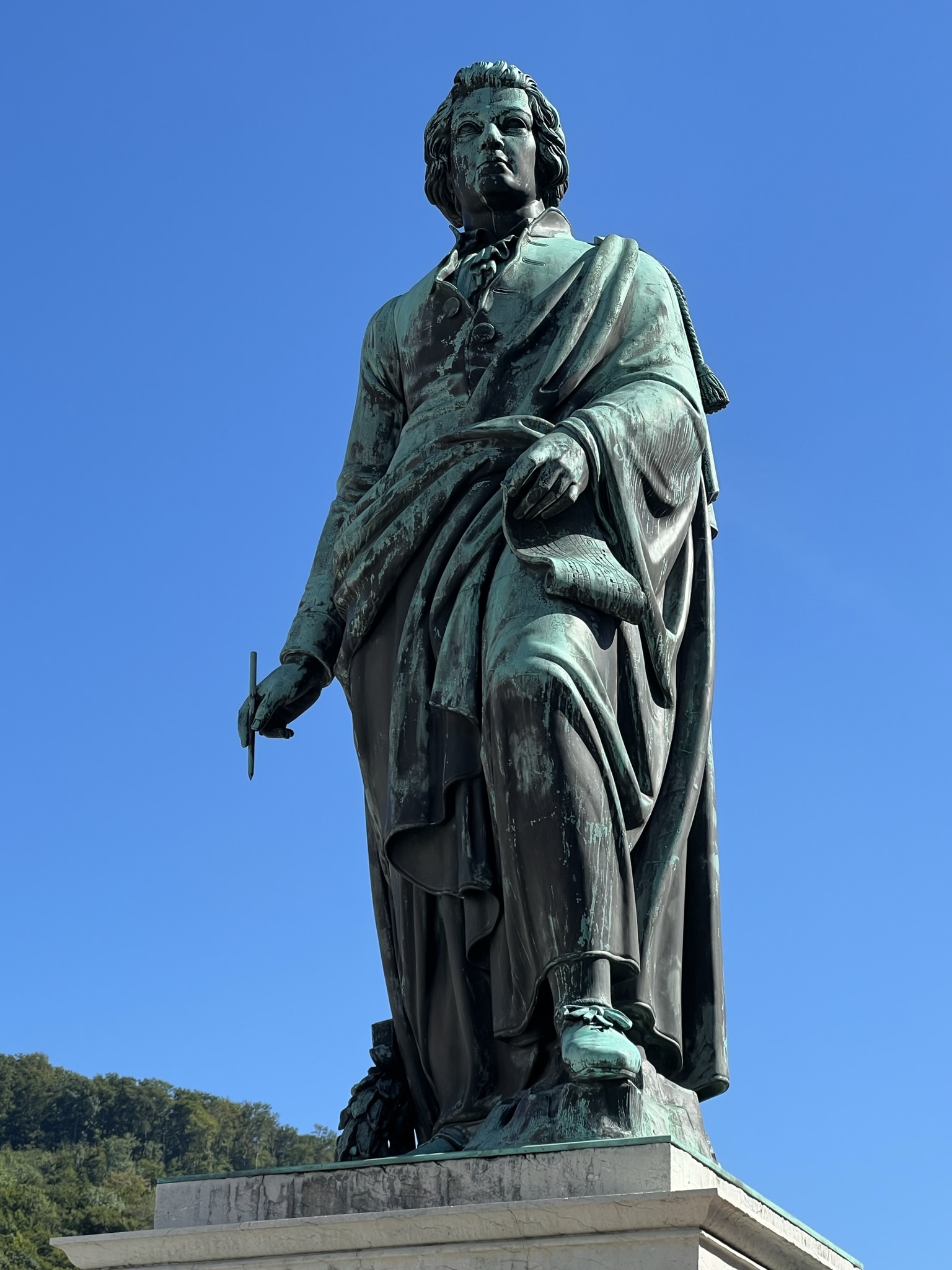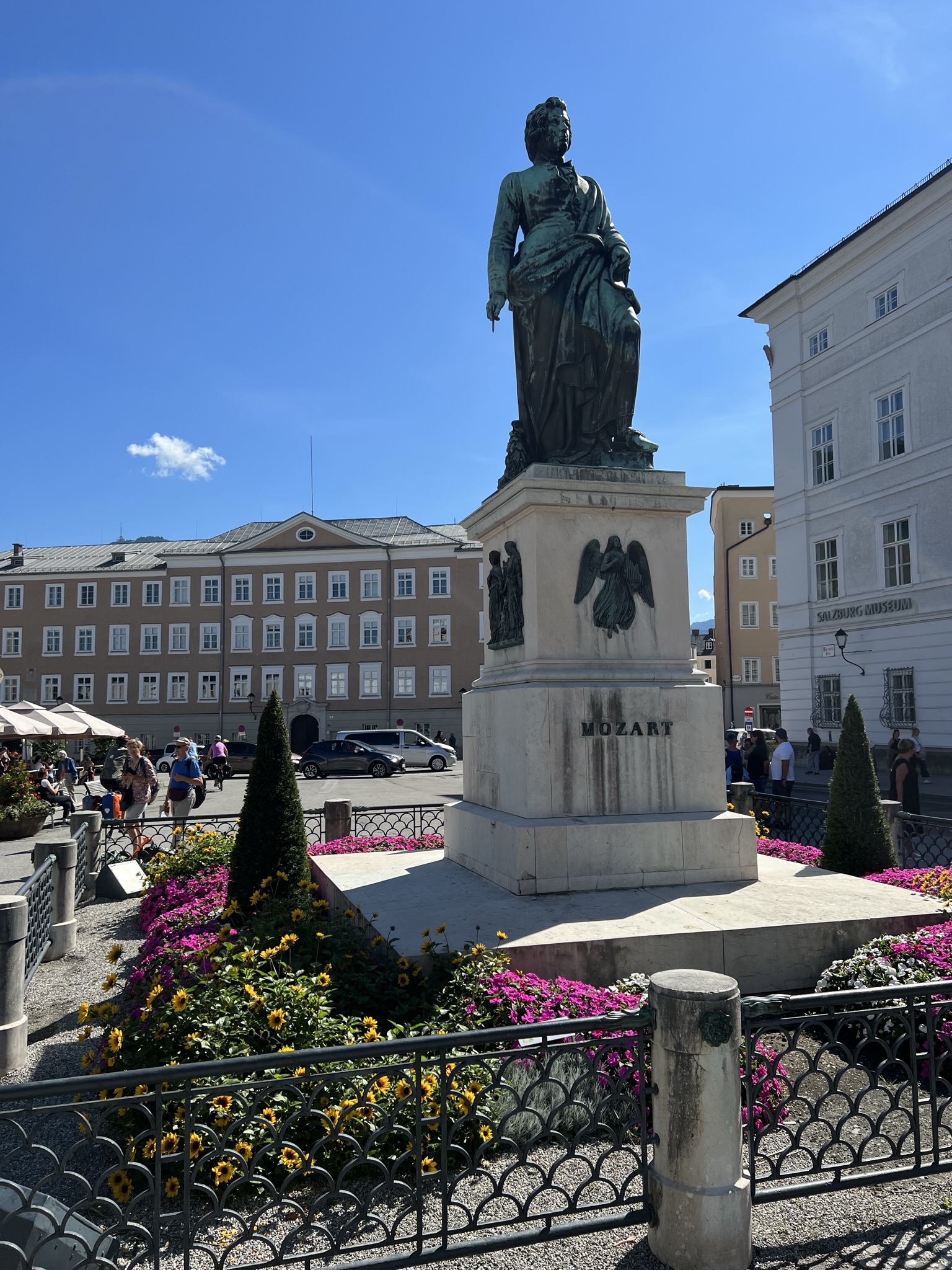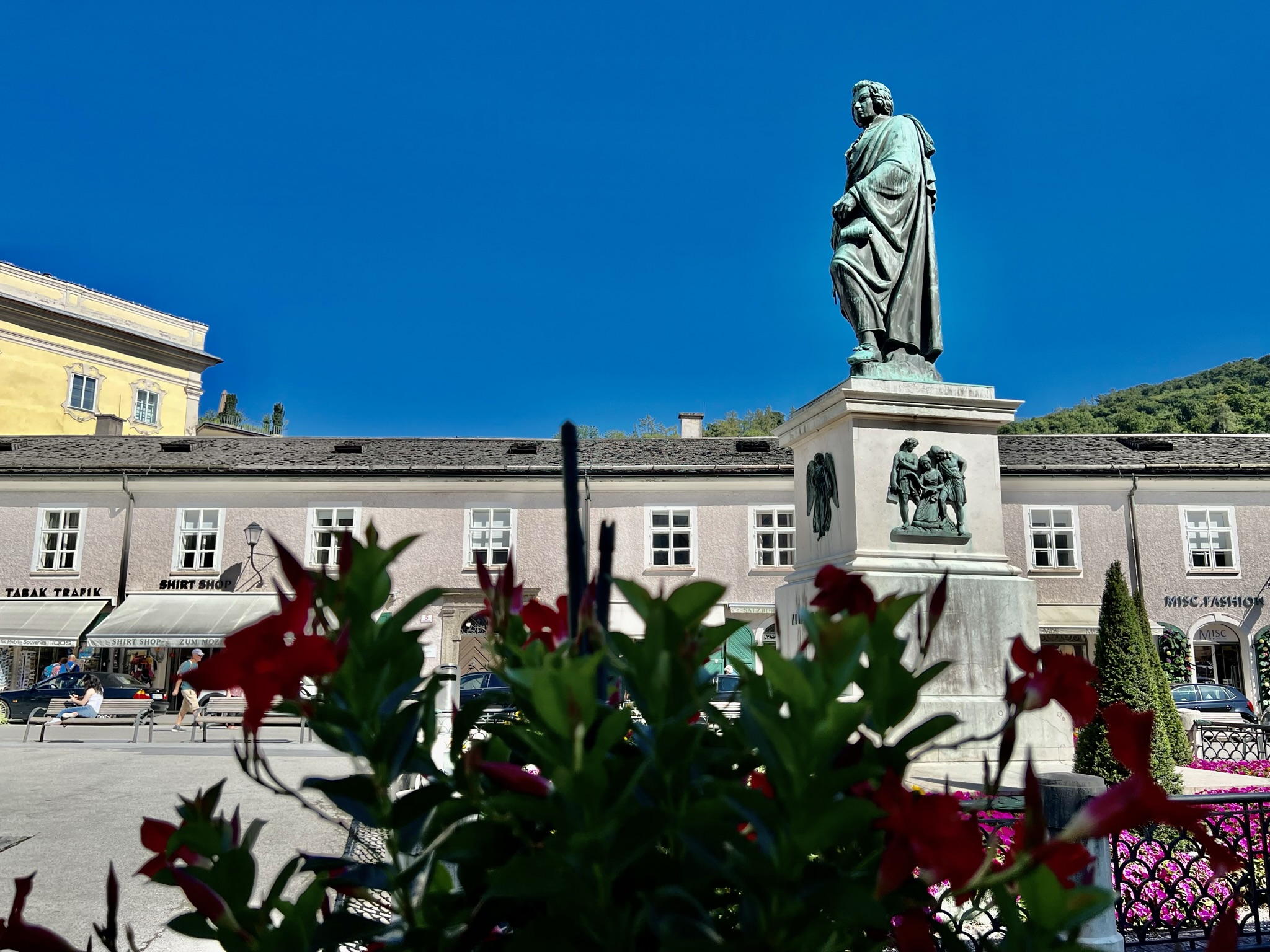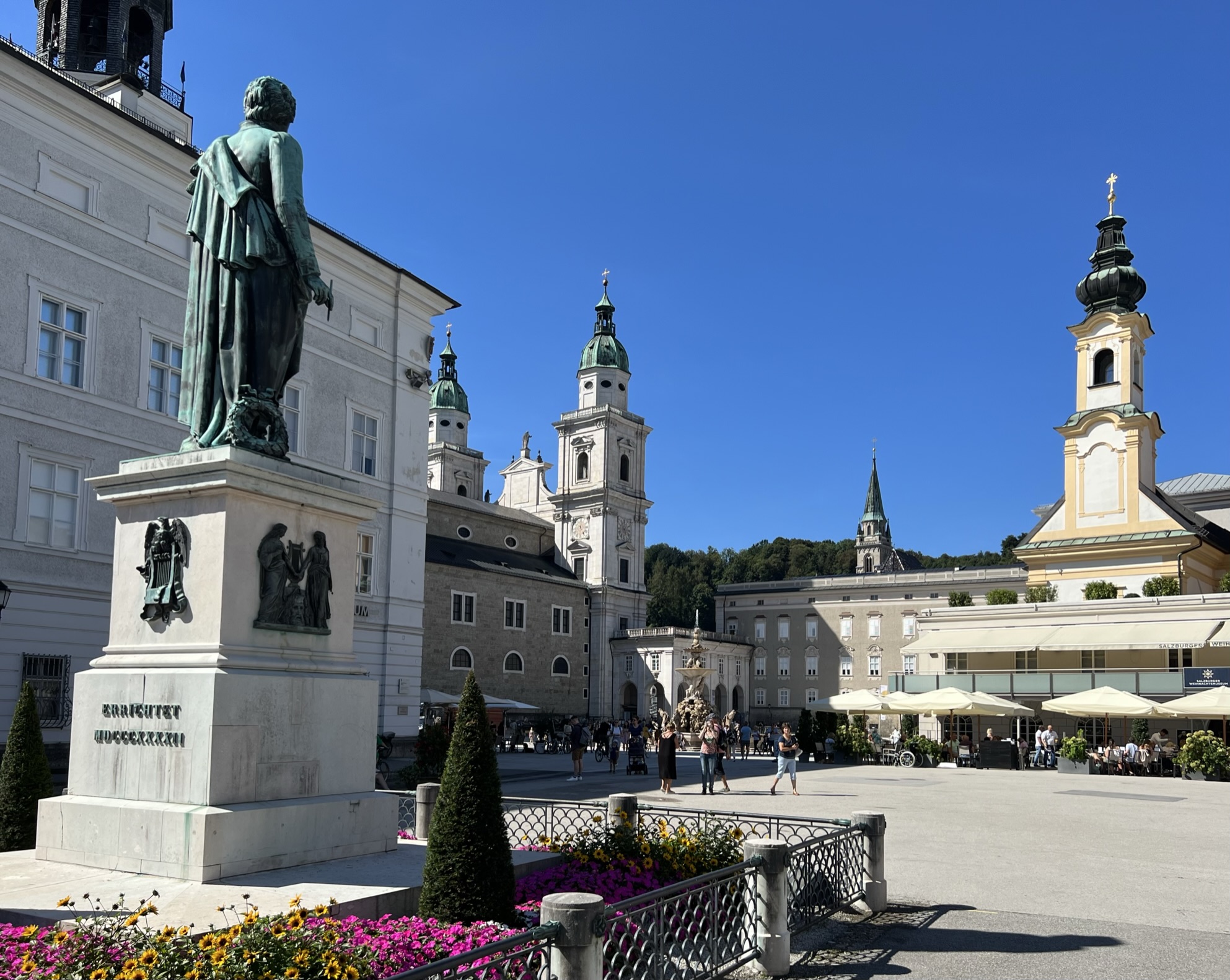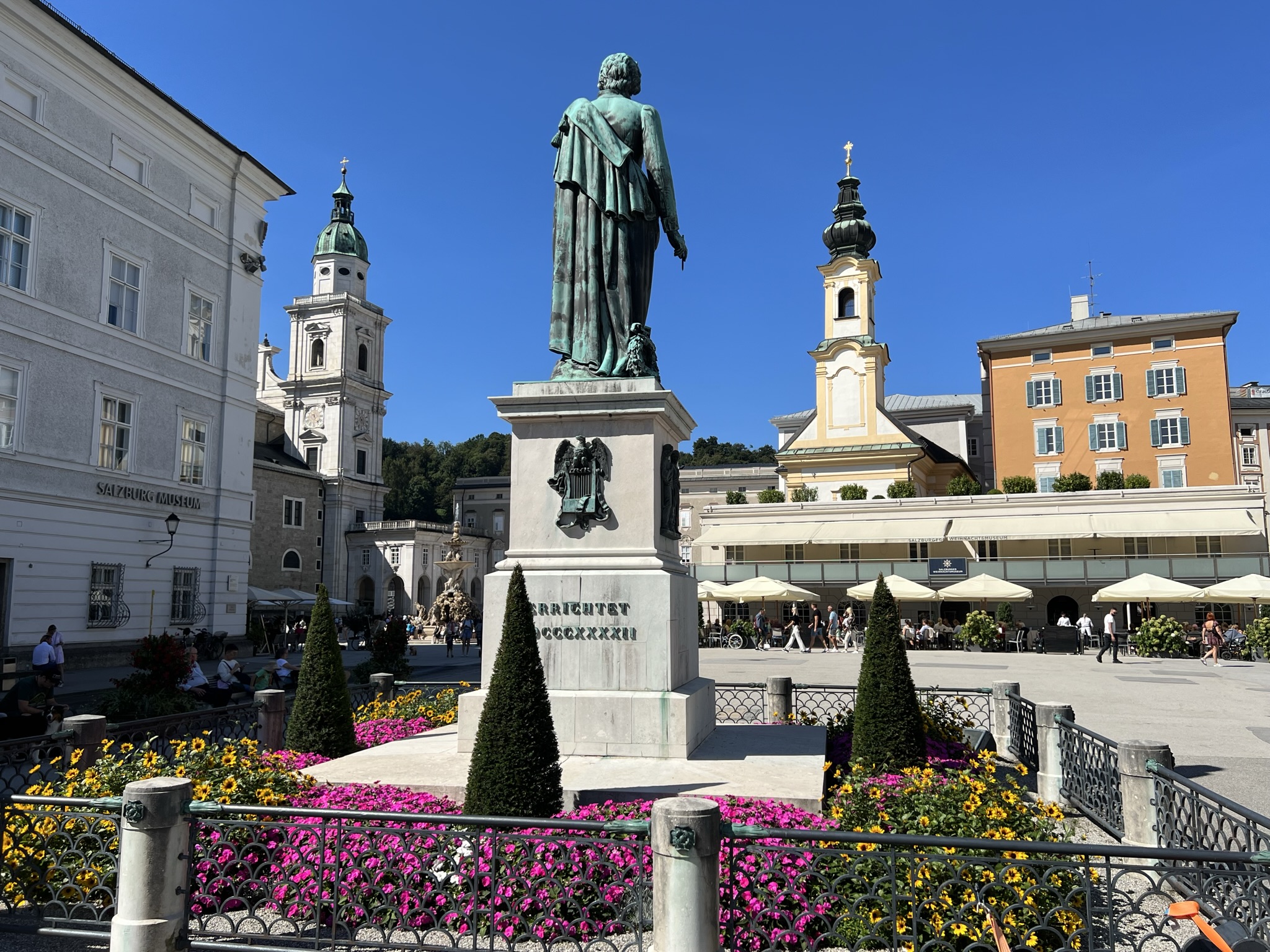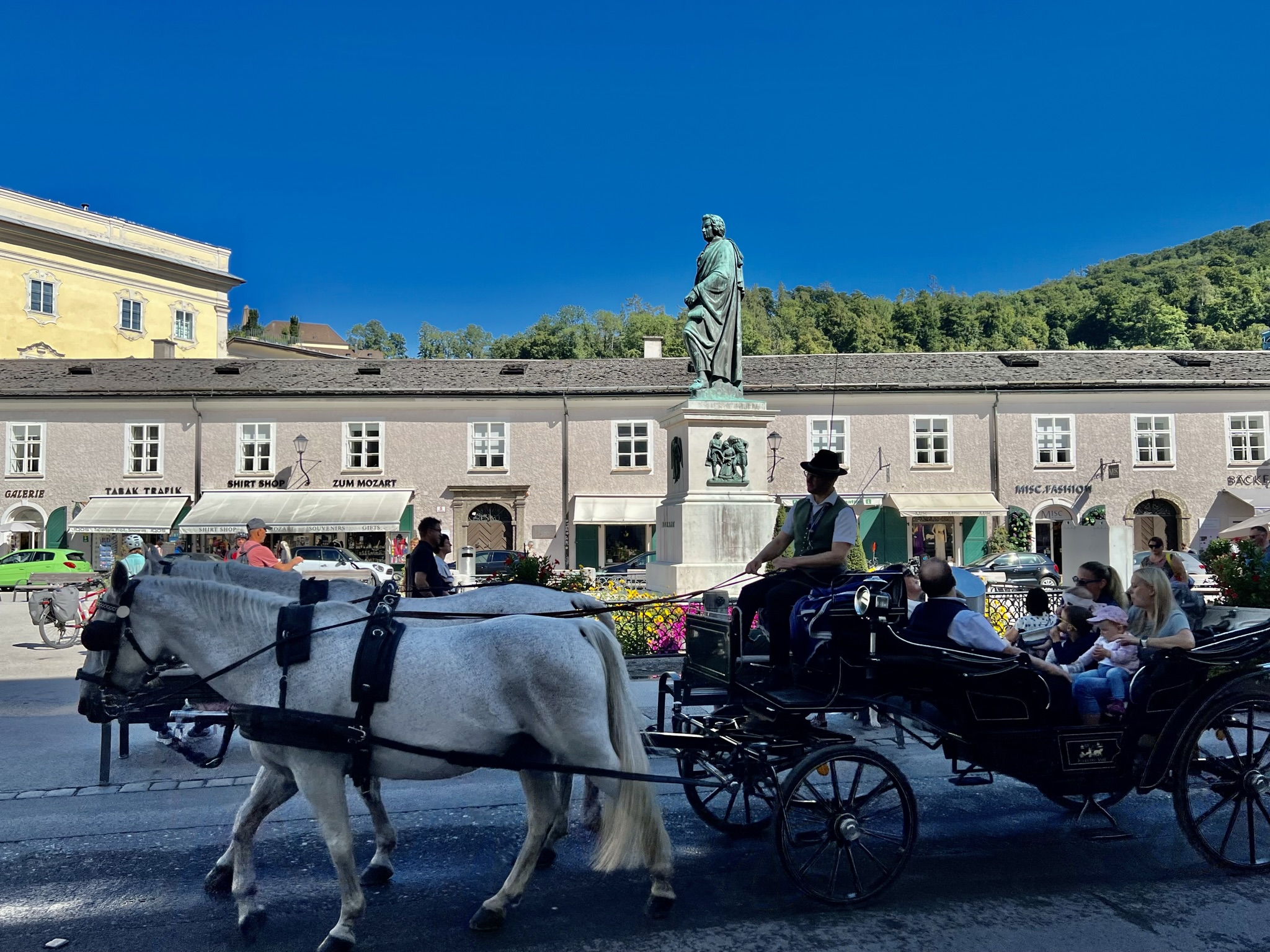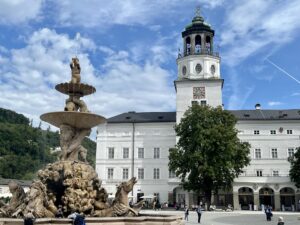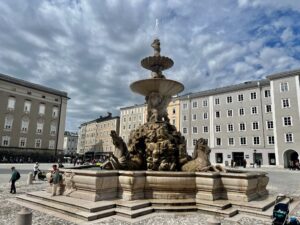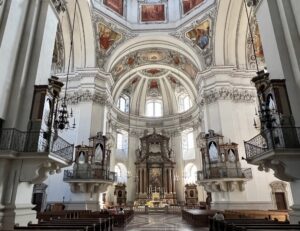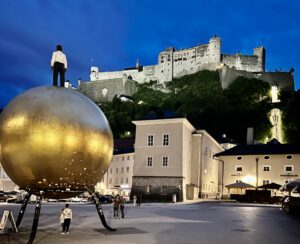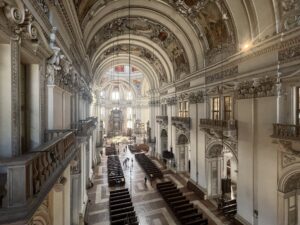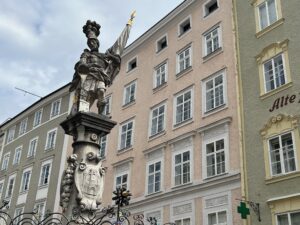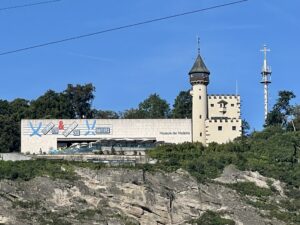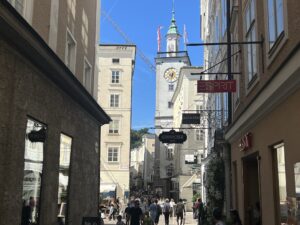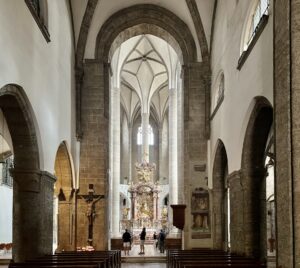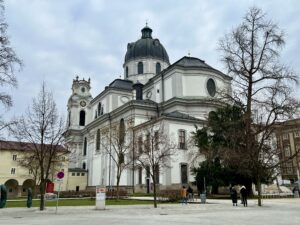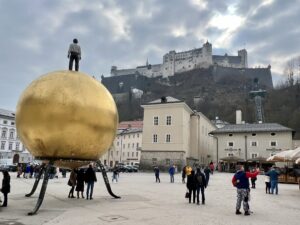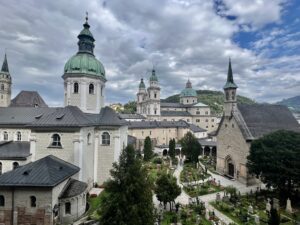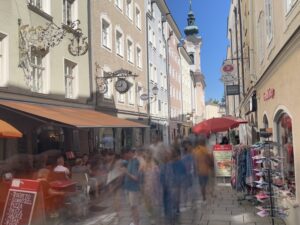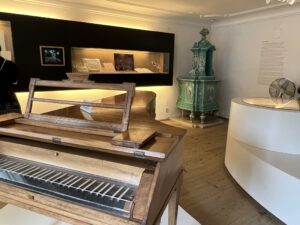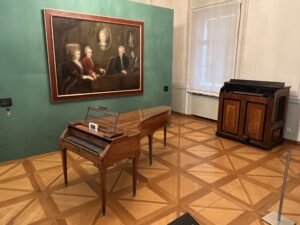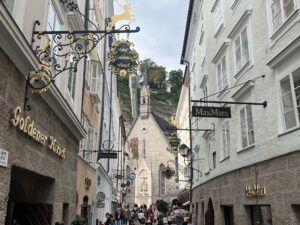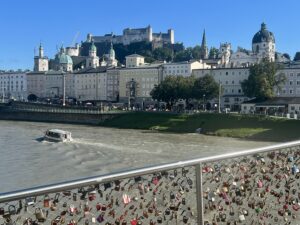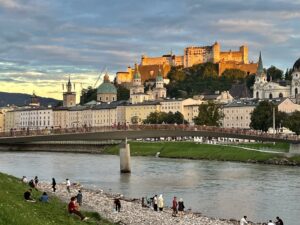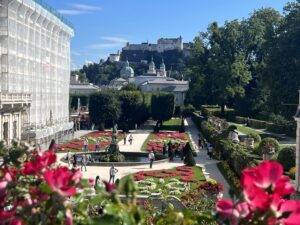Brief information:
- What is Mozartplatz? A square with a Mozart monument in the center of Salzburg.
- Where is it located? In the middle of Salzburg's old town.
- How much time should I allow? 10 min
Mozartplatz, which is centrally located in the old town of Salzburg and only a short walk from the Residence Square, Salzburg Museum and the Salzburg Cathedral, is characterized above all by one central element: the Mozart monument.
This rectangular square was created in 1588, and a whole series of buildings had to be demolished to make room. In 1604, Archbishop Wolf Dietrich von Raitenau ordered the demolition of these houses to make room for the expanded New Residence.
Mozartplatz yesterday and today
The history of Mozartplatz and its surrounding buildings is closely linked to the history of Salzburg. On the north side is the Imhofstöckl (Mozartplatz No. 5), which today houses the tourist information office. Behind it stretches a part of the old city wall from the era of Prince Archbishop Paris Lodron. On the opposite south side rises the New Residence, which has been the Salzburg Museum Here, the art and cultural history of Salzburg and its surroundings are spread over around 3,000 square meters of exhibition space.
The building at Mozartplatz 8 was once the home of Constanze Mozart-Nissen, Mozart's widow. On the west side, facing the cathedral, you will find the Salzburg Christmas Museum and the famous Café Glockenspiel. The poet Georg Trakl was born just a few steps away in 1887.
The history of the Mozart monument
Although Wolfgang Amadeus Mozart In 1835, when he was not yet really known in Salzburg, the Polish writer Julius Schilling dared to propose erecting a monument for him.
The Mozart monument, created by Ludwig Schwanthaler, now stands in the heart of Mozartplatz. This statue was originally supposed to be unveiled on the occasion of the 50th anniversary of WA Mozart's death in 1841. However, the ceremony was delayed by a year because a Roman mosaic was discovered under the floor, which had to be carefully recovered. Finally, on September 4, 1842, the monument was ceremoniously unveiled in the presence of Mozart's sons. Bavaria's King Ludwig I played an important role in promoting the Mozart monument and donated the marble base. Today, a copy of the Roman mosaic can still be admired at the foot of the statue.
To make the text more fluid, I rephrased some passive sentences and added more connectives.


